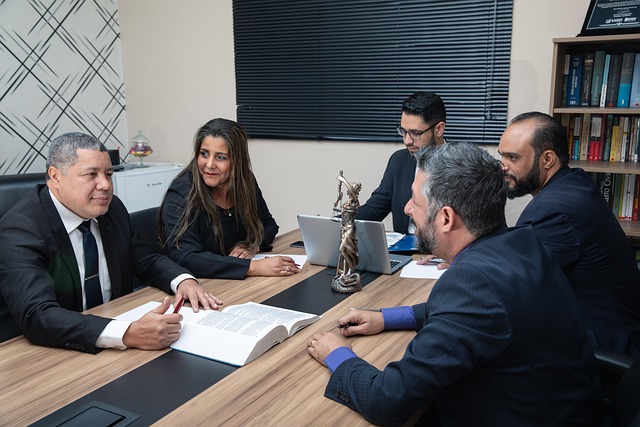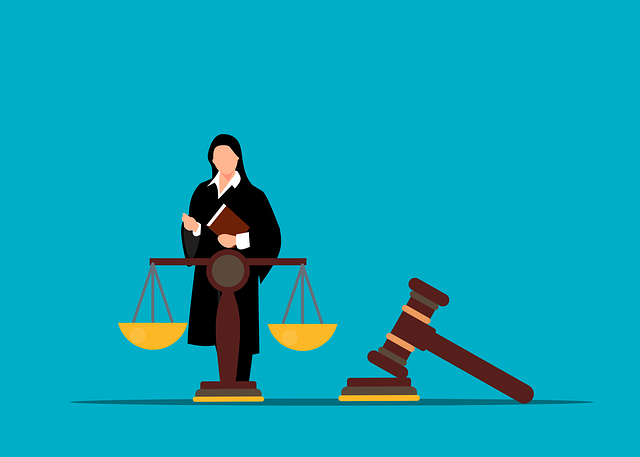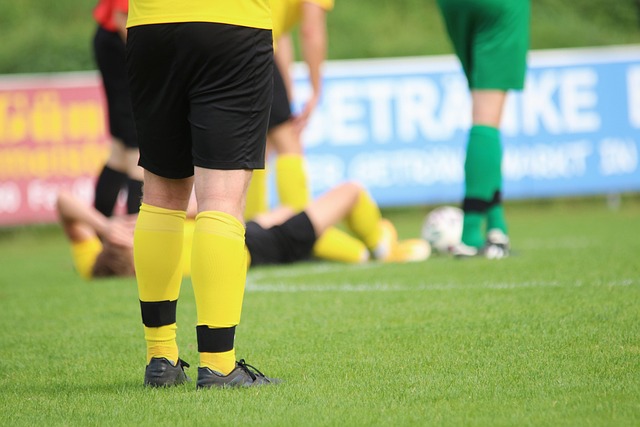Injury mediation is an effective alternative dispute resolution method prioritizing open communication and collaborative problem-solving for truck accidents or wrongful death claims. By addressing underlying issues like fiduciary duty breaches, it ensures fair compensation without prolonging legal battles. This binding process fosters quicker, cost-effective outcomes in various cases, including caregiver negligence and elder abuse, while preserving relationships and satisfying all parties involved.
Injury mediation sessions, when conducted successfully, offer a range of beneficial outcomes that extend far beyond simply resolving the immediate conflict. From reducing legal costs and timelines to fostering enhanced relationships, this alternative dispute resolution method proves its worth. Learn how injury mediation facilitates peaceful resolutions, encourages mutual agreement, and paves the way for future collaboration, even amidst initial disagreements. Discover why this approach is gaining traction as a game-changer in personal injury cases.
- Resolving Conflict and Achieving Mutual Agreement
- – The role of mediation in facilitating a peaceful resolution
- – How successful mediation leads to binding agreements
Resolving Conflict and Achieving Mutual Agreement

Injury mediation sessions are designed to resolve conflict and facilitate a mutually agreeable outcome for all parties involved. This alternative dispute resolution method encourages open communication, allowing participants to express their concerns and perspectives in a safe environment. A successful mediation often leads to a settlement that addresses the needs of the injured party while considering the financial realities and potential liabilities of the opposing side.
For individuals dealing with the aftermath of a truck accident or navigating complex issues like wrongful death claims, mediation can offer a more efficient path to resolution compared to traditional litigation. It emphasizes collaborative problem-solving, where parties work together to find creative solutions. Moreover, successful injury mediation may also involve addressing underlying issues such as fiduciary duty breaches, ensuring that all responsible parties are held accountable and that the injured party receives fair compensation without prolonging legal battles.
– The role of mediation in facilitating a peaceful resolution

Injury mediation plays a pivotal role in facilitating peaceful resolutions for disputes arising from accidents or injuries caused by defective products. This alternative dispute resolution (ADR) method offers a collaborative approach, where all parties involved actively participate in crafting a mutually agreeable solution. Unlike traditional litigation, which can be lengthy and adversarial, mediation encourages open communication and understanding, fostering an environment conducive to negotiation.
The process involves an impartial mediator who guides the conversation, ensuring each party has a chance to express their perspective and concerns. This facilitates a shared understanding of the issues and paves the way for creative solutions that address the needs of everyone involved, including the client’s recovery in cases involving accidents or product liabilities. By focusing on collaboration rather than confrontation, injury mediation can lead to quicker, more cost-effective outcomes while preserving relationships, which is particularly beneficial when dealing with complex defective products claims.
– How successful mediation leads to binding agreements

Successful injury mediation sessions often lead to binding agreements that resolve disputes effectively. This is because mediation fosters a collaborative environment where both parties work together to find a mutually acceptable solution, rather than engaging in adversarial proceedings. During mediation, each side has an opportunity to express their concerns and interests, while also listening to the other party’s perspective. This process encourages open communication and allows for creative solutions that may not be possible through traditional litigation.
When agreements are reached during mediation, they are typically put into writing and signed by both parties, creating a legally binding contract. Unlike in court where decisions are imposed, these agreements are consensual, increasing the likelihood of adherence and long-term satisfaction for all involved. This approach is particularly beneficial in cases like caregiver negligence or elder abuse, where relationships and trust must be considered, as well as in less contentious matters such as real estate litigation, where swift resolution can save time and resources for all stakeholders.
Injury mediation sessions, when conducted effectively, offer a peaceful and collaborative approach to resolving conflict. By fostering open communication and mutual understanding, these sessions lead to binding agreements that benefit all parties involved. This not only facilitates a swift resolution but also establishes a framework for future interactions, ensuring a more harmonious relationship and potentially preventing the need for prolonged legal battles. Successful injury mediation thus serves as a powerful tool, providing a lasting solution and a testament to the effectiveness of alternative dispute resolution methods.






